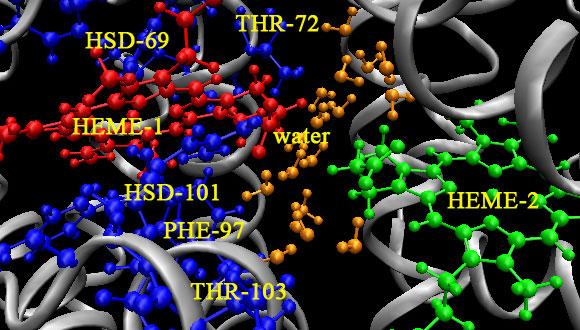סמינר בכימיה פיזיקלית: Toward Fluorescence Based In Vivo Imaging in the Near and Short-Wave Infrared Regimes
Rinat Ankri, UCLA
Abstract:
Biomolecular imaging at the preclinical stage is an essential tool in various biomedical research areas such as immunology, oncology or neurology. Among all modalities available to date, optical imaging techniques play a central role, while fluorescence, in particular in the NIR region of the spectrum, provides high sensitivity and high specificity with relatively cheap instrumentation. Several whole-body optical pre-clinical NIR imaging systems are commercially available. Instruments using continuous wave (CW or time-independent) illumination allow basic small animal imaging at low cost. However, CW techniques cannot provide fluorescence lifetime contrast, which allows to probe the microenvironment and affords an increased multiplexing power. In the first part of my talk I will introduce our single photon, time-gated, phasor-based fluorescence lifetime Imaging method which circumvents limitations of conventional techniques in speed, specificity and ease of use, using fluorescent lifetime as the main contrast mechanism.
In the second part of my talk I will present the tracking and multiplexing of two different cell populations, based on their different lifetimes (following their fluorescent dyes-loading). Despite major advantages of optical based NIR imaging, the reason that NIR imagers are not clinically used, is that only very few such fluorescent molecules absorb and emit in the NIR (or in the shortwave infrared, SWIR region), and even fewer have favorable biological properties (and FDA approval). I will introduce small lung cancer and dendritic cells tracking using small polyethylene glycol/phosphatidylethanolamine (PEG–PE) micelles loaded with NIR dyes (using commercial dyes as well as dyes synthesized in Prof. Sletten’s lab, UCLA Chemistry Dept.). Micelles’ endocytosis into cells affords efficient loading and exhibits strong bio stability, enabling to track the loaded cells for several days using these formulations, even though dyes were diluted by cells division (leading to reduced dye concentration within the dividing cells). Moreover, fluorescent lifetime contrast (achieved through our time-gated imaging method), significantly improved these cells detection.
These advances in NIR fluorescence based imaging open up new avenues toward NIR and SWIR imaging for biomedical applications, such as tracking and monitoring cells during immunotherapy and/or drug delivery (treatment monitoring) for various types of disease.


